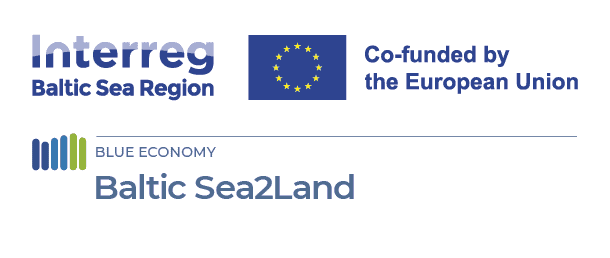
New video: Our experts introduce the Sea2Land Navigator - a tool designed to support decision-making at coast and sea
25 June 2024
What are the main challenges that specialists working in the field of maritime and coastal planning in the Baltic Sea region are facing? How will our project help them? Watch our project’s story video and find out!
Starting with various project stakeholders sharing the process insights and the reasoning of why it is important to fulfil today’s planning requirements, the video culminates with our Sea2Land Navigator main developer’s HELCOM representative Manual Frias speech:
“Making a good plan is a complex issue. Partially because there are many sectors involved. Planners need to find people working.. . They need to find a way to engage them. They need to find ways to collaborate.. . And also the data to support the decisions. We are designing a tool for planners to solve these problems – the Sea2Land Navigator!”.
About the Sea2Land Navigator
Interreg project Baltic Sea2Land is developing a tool that will assist maritime and coastal planners in their professional challenges by making data and knowledge more easily accessible.
Main strengths of the upcoming Sea2Land Navigator tool:
- Enhanced Data and Knowledge Accessibility: By making essential data and knowledge more accessible, Sea2Land Navigator will ensure that planners have the information they need at their fingertips. This accessibility facilitates more informed and effective decision-making processes.
- User-Centric Development: The tool is being developed in close collaboration with planning practitioners from multiple Baltic Sea countries. This ensures that it meets the specific needs of those working in the field and can be seamlessly integrated into their workflow.
- Practical Impact: Ultimately, the Baltic Sea2Land project as such aims to make a tangible impact on the sustainability of the Baltic Sea. By equipping planners with better tools and resources, the project contributes to more efficient and sustainable maritime and coastal spatial planning practices.





